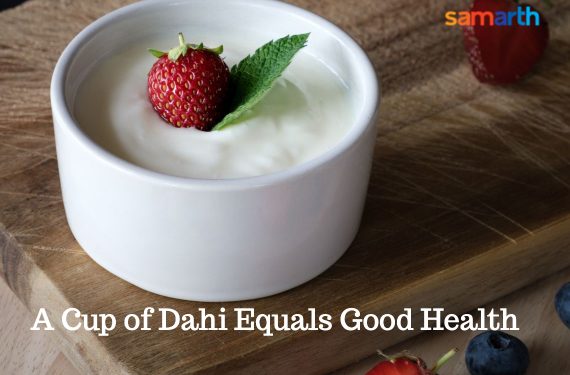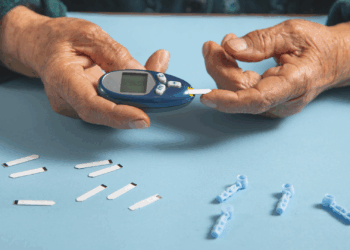Dahi is not foreign to Indians; it is a ubiquitous aspect of everyday diet in most households. Eating dahi shakkar when you are stepping out for something good is considered auspicious. Also, dahi is one of the five ingredients used in the panchamrita used for the abhishekas in most pujas. Eating curd rice has been a way of detoxifying our gut for long, and many people swear by it. Especially when people fall sick and need easily digestible food, it is curd rice that doctors advise.
The humble dahi may actually be packing quite a punch that you are unaware of; it has immense health benefits. But, few are fully aware of these, especially why seniors need to include this in their daily diet. Certain misconceptions also abound about curd or yoghurt because of which certain seniors avoid this superfood. Of course, if you are lactose intolerant, you should avoid dairy products. But may choose to eat the vegan curds in such a case, like a peanut or almond milk-based yoghurt.
Good quality protein

Join Now >
One of the most alarming aspects of ageing is the loss of muscle mass, leading to many other issues, especially mobility. Loss of mobility has a tremendous impact on their lives, as it may also mean losing their independence. For retaining or improving muscle mass, seniors need to include protein in their diet. And there is no safer way to have this than include curd in your everyday diet. Curd can be eaten in any or all of the meals, like breakfast, lunch and dinner.
Curd is low in fat and lactose and high in protein; a significant increase in physical activity was observed in a group of people where a study was conducted to understand the impact of curd on muscle mass. It is said that the protein in curd is of a higher quality than found in vegetables. Also, when people consume yoghurt, their protein intake goes up, but not the calories, and so it is healthier than other proteins. Apart from this, the Calcium in curd also helps with good bone health. Thus, a cup of curd eaten daily may well help keep you mobile and keep osteoporosis at bay.
Nutrient profile
Curd contains Calcium, Vitamin B-2, Vitamin B-12, Potassium, Zinc and Magnesium. More importantly, it contains probiotics, which is highly helpful in maintaining gut health. Gut health is an essential part of staying healthy, as that is what helps to digest and absorb what we eat properly. When you have a healthy gut, you will mostly have a healthy life. Perhaps, this is one reason why curd rice is suggested as an easy food for the gut. In addition, curd is said to be a natural laxative, aiding easy bowel movements also. Also, the lactobacillus bacteria present in curd gives your immune system a boost.
The lactic acid in curd also helps in shedding dead skin cells and helps fight ageing skin problems. There is also scientific evidence that says consumption of curd can help control blood pressure, which means that you could have better cardiovascular health. In addition, the potassium present in curd helps eradicate excess Sodium from our bodies, helping in this cause.
Ancient Wisdom
Have you ever wondered why the moms, grandmoms, etc. made you eat dahi shakkar before stepping out for important assignments like exams? It’s not all superstition, apparently. Ancient Indians followed a lot of the Ayurvedic wisdom; according to it, curd works as a coolant in our body. When combined with glucose (sugar/shakkar), there is a magical soothing effect on our body. This helps us feel and think better and also will keep us full for a long time. So, one could easily concentrate on the job at hand and do it better and feel energetic too. Regular consumption of curd can help boost concentration and memory retention, according to these ancient principles.
Curd can be eaten as is, or with rice or rotis, depending on one’s choice. Curd can also be eaten with evening snacks like chats or whipped into a lassi. Curd is also mixed in certain gravies or for marinating meat and vegetables for kebabs. The humble and yet popular Kadhi is a good example of using curd. Some instant dosa and idli batters are made using curd, while a few Indian desserts are made using hung curd. Overall, it is a simple and easy item to be included in the daily menu and if it helps keeps us healthy, then all the more reason to do so







